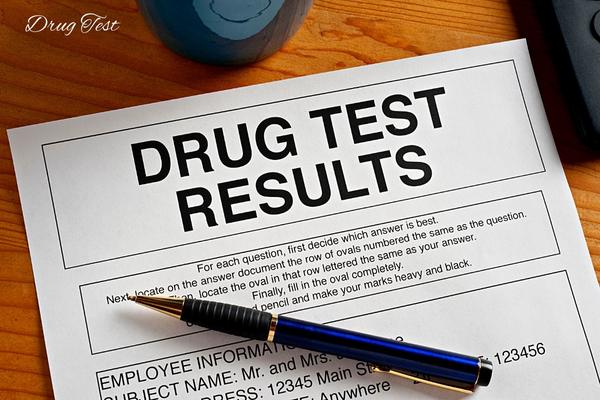Buprenorphine, which is present in Suboxone but is typically ignored from standard drug tests, might be detected if a 12-panel expanded drug screen is requested. During a job interview, at random during recruitment, as part of a medical examination, or during a criminal conviction, a drug test may be required.
Can Suboxone Be Detected In An Opioid Drug Test?
Buprenorphine, the opioid component of Suboxone, won’t come up positive in an opioid drug test. Two distinct metabolites of opioids are typically tested for in opioid panels: 6-acetyl morphine and morphine. As a synthetic opioid rather than an opiate, buprenorphine does not metabolize to morphine and will not appear on an opioid or opiate panel.
Now what? To find buprenorphine, some drug tests have been created. These tests typically have 12 panels or more, indicating that multiple substances are being tested for. You can undoubtedly test for the presence of buprenorphine if you’re using one of these.
Even then, you shouldn’t have to be concerned about a positive outcome if Suboxone or another buprenorphine formulation is being prescribed to you. As long as you were truthful about your prescription, it is generally not legal to treat a patient discriminately because they consume it.
What should I prefer if the test result comes positive for Suboxone in a drug test?
If you are being tested for a job, you might think about telling your employer beforehand about any medications you are taking. Although it is illegal for an employer to fire you since you are consuming a prescribed drug, they may do so in the name of “dishonesty” if you failed to report your medication before a drug test came back positive.
How Many Hours Does Buprenorphine Remain In Your Body For Testing?
When taken in large doses, buprenorphine can remain active for 24 hours and produce effects. However, there are too many medications in the body to cause positive drug test results for 7 to 10 days. The duration varies as per the metabolism and dosage of the individual.
A substance’s half-life is the time taken for half of the dosage to completely leave the body. Naloxone has a half-life of 2 to 12 hours, whereas buprenorphine takes 24 to 42 hours of half-life.
Small portions of Suboxone may stay in the body even after it has left and buprenorphine creates norbuprenorphine. Norbuprenorphine, which remains in the body after Suboxone completely leaves a human’s system, is removed from the body over several days or weeks through the urine.
Although norbuprenorphine typically leaves the body for 14 days when Suboxone is absorbed by the body, this process can vary depending on the individual. Norbuprenorphine takes longer to leave the body depending on several factors, including age, liver function, weight, how frequently Suboxone is used, and whether or not other medications are being taken at the same moment as Suboxone.
Adverse Effects And Withdrawal Signs Of Buprenorphine
You might experience symptoms as you start or stop consuming buprenorphine. You can stay as comfortable and secure as possible when you consume this medication while being closely monitored by a healthcare professional.
The Following Side Effects Are Associated With This Medication:
- Headaches
- Drowsiness
- A feeling of dizziness
- Being lightheaded
- Constipation
Although The Withdrawal Symptoms Don’t Harm You Right Away, They Might Make You Feel Uncomfortable.
Buprenorphine Withdrawal Symptoms Include The Following:
- substantial mood swings
- difficulty sleeping or staying asleep
- muscle rigidity
Your ability to carry out daily tasks shouldn’t be hampered by these withdrawal signs and adverse effects. Consult a doctor about adjusting the dosage or the way you take your medication if you discover that you have trouble with them.
FAQs
Suboxone in this dosage and amount could stay in the urine for a maximum of 8 days.
Suboxone contains the active ingredient naloxone, which can be utilized to treat alcoholism on its own.
Employers may request a variety of drug tests, but the most common is for cocaine, tetrahydrocannabinol, opioids, amphetamines, barbiturates, methamphetamine, and benzodiazepines. They may also test for quaalude, alcohol, PCP, and MDMA.
Unless a drug test specifically looks for buprenorphine, patients who are needed to take a drug test while using Suboxone will not be positive.
No, taking part in an intensely regulated federal program like a methadone clinic is not a requirement of OBOT.

